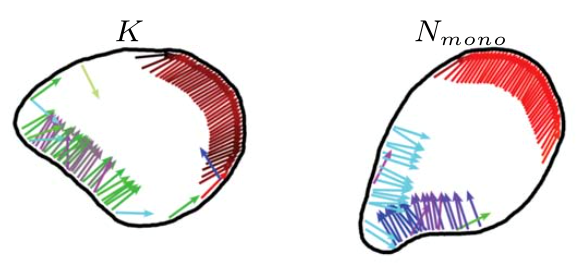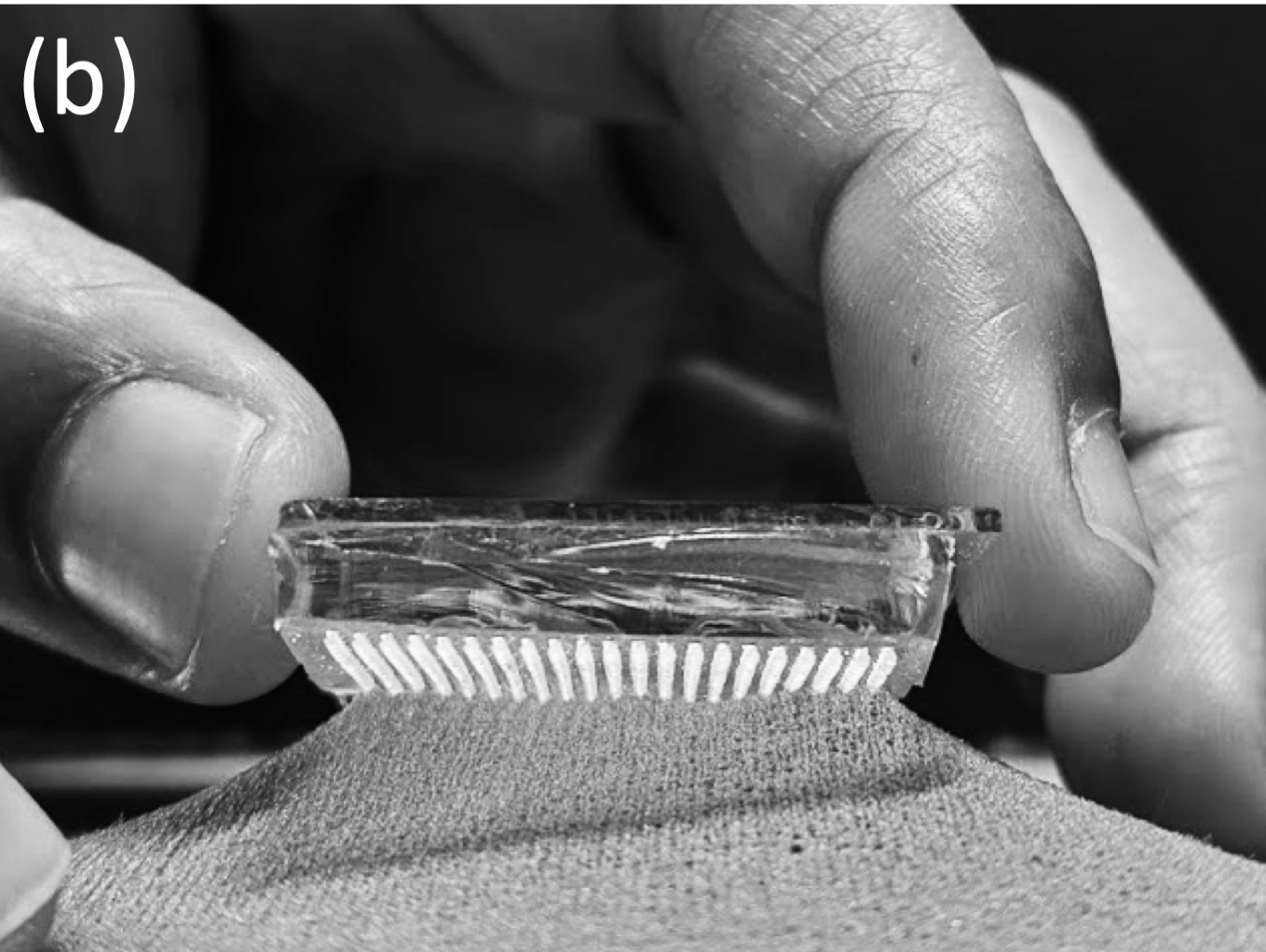by Jack R. Panter (j.r.panter@durham.ac.uk) and Halim Kusumaatmaja (halim.kusumaatmaja@durham.ac.uk), both Durham University, UK
Superomniphobic surfaces efficiently shed all liquids. This makes them universal anti-fouling coatings with transformative potential in the food, packaging, and medical industries, as well as in lab-on-a-chip and water purification technologies. However, the complex surface structures required have posed considerable challenges to both experimental and theoretical analyses of their wetting properties, slowing the development of optimal designs for practical applications. In our article [1], we develop computational techniques to comprehensively survey three key wetting properties required for high operational performance, before simultaneously optimizing these properties to produce application-specific designs. We demonstrate this methodology by designing ideal surface textures for droplet microfluidics and sustainable water purification membranes.
The Doubly Reentrant Geometry
The so-called “doubly reentrant geometry” is at the frontier of superomniphobic design. This mushroom-shaped surface protrusion can suspend liquids on top of the structure over an air layer. This minimises interactions between the liquid and solid, so that liquids can be shed very easily from the surface. The overhanging cap means that even highly pressurised, highly wetting liquids can be suspended in this way. In order to manufacture such complex surface structures (the overhanging cap geometry is particularly challenging to achieve), a range of innovative fabrication techniques are beginning to be deployed, such as multi-step lithography, the fluidization of polymer micropillars, and 3D printing [2-5].
Despite recent advances in fabrication techniques, optimizing the surface design for real-world use remains a substantial challenge. In many applications, three wetting properties must be optimized: the contact angle hysteresis, a measure of liquid mobility; the minimum energy breakdown barrier, the ease in which liquid displaces the air layer and when superomniphobic properties are lost; and the critical pressure, the maximum maintainable liquid pressure on the surface. Each individual wetting property has a complex dependence on the structural design. It is not possible to design a surface texture which optimizes each property individually, as they are coupled antagonistically by structural parameters. Therefore, an optimal design is produced by considering all three properties simultaneously.




